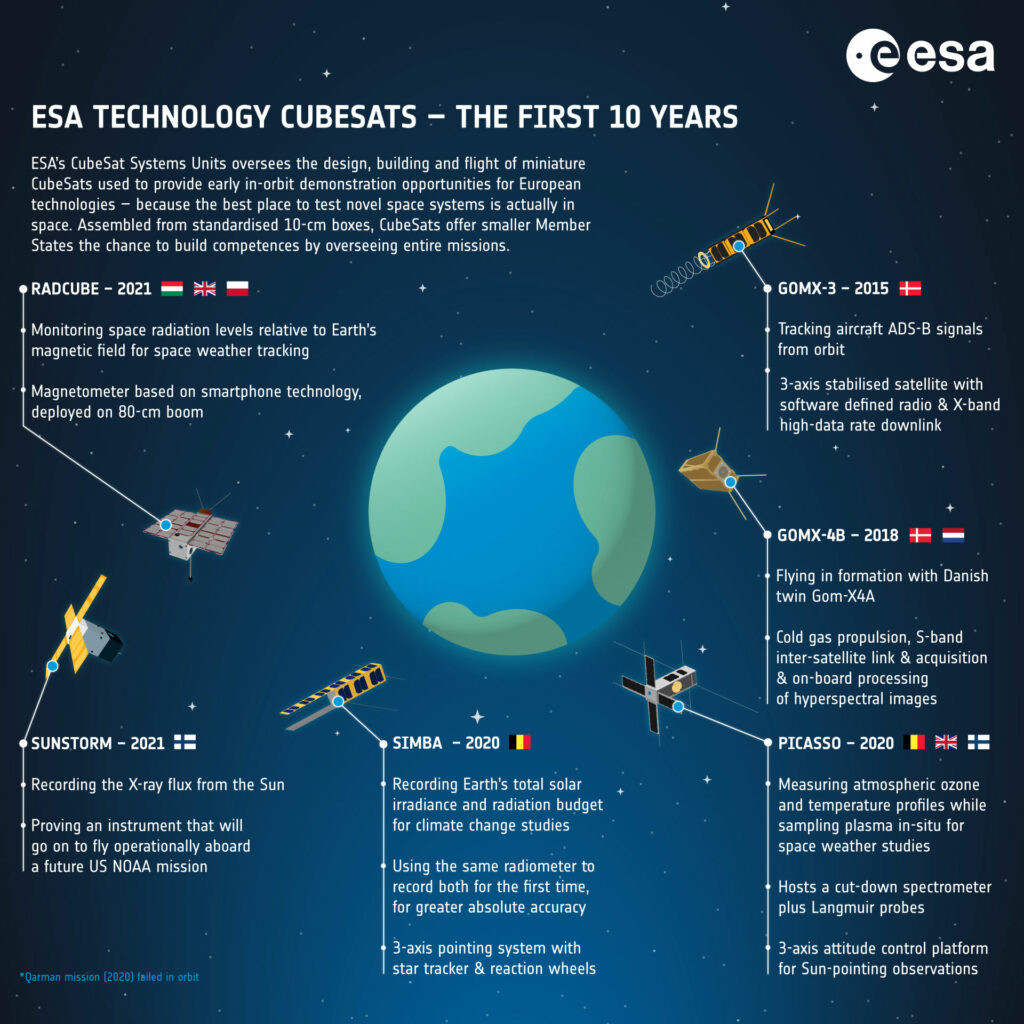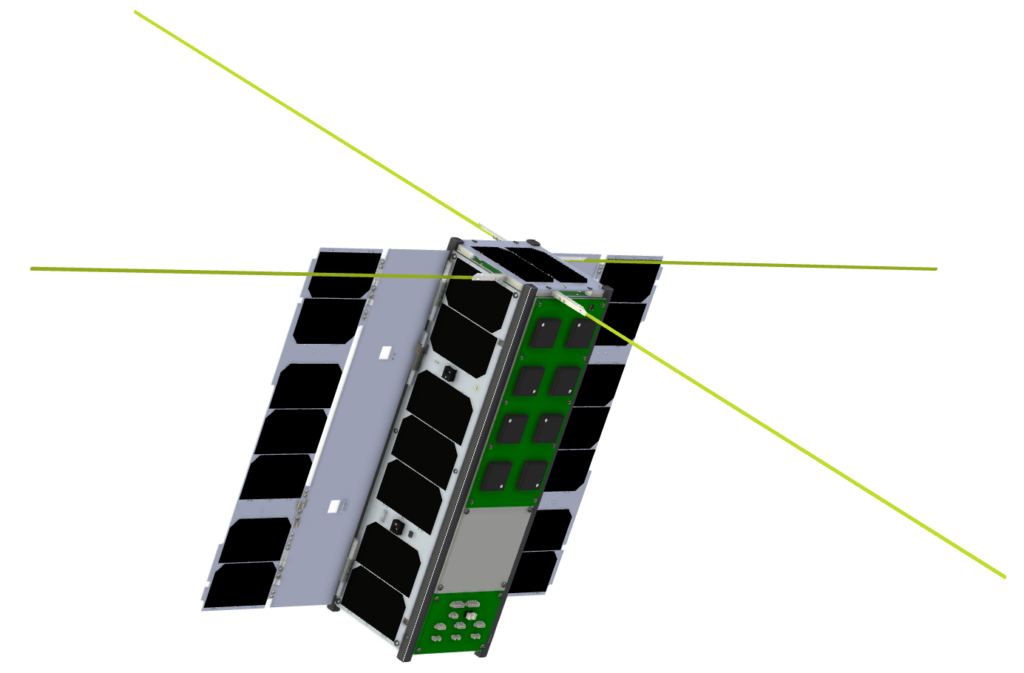Estimated reading time: 3 minutes
The PRETTY cubesat, which is categorised as a nanosatellite due to its size of 30cm x 10cm x 10cm and a mass of 4.6kg, will orbit the Earth at an altitude of 565km. Its two instruments will detect small differences in sea level and measure radiation in space. Beyond Gravity, previously known as RUAG Space, collaborated with Graz University of Technology to develop PRETTY.
The cubesat is currently housed in a clean room at the university and must remain uncontaminated. Access to the cubesat requires a special suit, hood, and shoe coverings.
It is equipped with solar modules to provide power in space and has two flat antennas on the front panel. The PRETTY system consists of two instruments: the Passive Reflectometry system and the Radiation Detector (Dosimeter). The Dosimeter measures radiation. The name PRETTY comes from Passive REflectromeTry and DosimeTrY.

The Passive Reflectometry system functions like a radar, picking up radio waves reflected from the earth’s surface to measure sea level with a few centimetres of accuracy. This method detects elevations and depressions in the world’s oceans, including those associated with ocean currents.
It can also measure the thickness of ice on the polar caps and the size of ice surfaces. The reflections collected by PRETTY are not emitted by the satellite itself, but instead, it uses signals constantly emitted by navigation satellites, specifically those from the European Galileo network and the US GPS.
The satellite will be used to gather more information about climate change, which will be evaluated by a team of European researchers.

Additionally, the satellite will study cosmic rays around the Earth using a measuring device developed by Seibersdorf Laboratories.
Its mission in space is expected to last at least a year. However, previous Austrian satellites, including three developed at Graz University of Technology, have demonstrated that much longer lifetimes are achievable. For instance, TUGSAT, Austria’s first satellite, was launched in 2013 for a two-year mission but has already been operational for 10 years.
During operation, PRETTY will transmit data to the ground station every 90 minutes. The Graz University of Technology has installed a large antenna on its building to establish a future link with a satellite. The mission control centre is located in a small room within the same building, equipped with a desk, three screens, and a row of radios. The mission control centre is located in a small room within the same building, equipped with a desk, three screens, and a row of radios. This setup creates a unique atmosphere compared to that of larger space agencies.
The European Space Agency (ESA) has a redundant ground station located in Darmstadt. ESA commissioned the development of PRETTY, providing 2.5 million euros to Beyond Gravity, TU Graz, and Seibersdorf Laboratories for this purpose.


